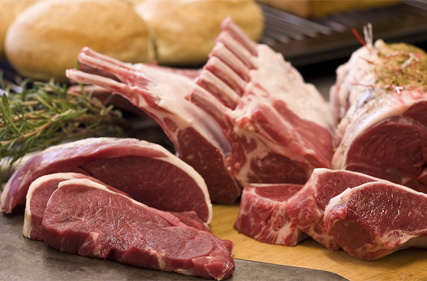 New research drawing on data from the sheep industry’s Information Nucleus Flock program shows lamb could be marketed to consumers as a ‘good source’ of beneficial Omega 3 fatty acids, iron and zinc.
New research drawing on data from the sheep industry’s Information Nucleus Flock program shows lamb could be marketed to consumers as a ‘good source’ of beneficial Omega 3 fatty acids, iron and zinc.
The research conducted by Prof. Neil Mann, of RMIT University, in conjunction with the Cooperative Research Centre for Sheep Industry Innovation (Sheep CRC), analysed INF data relating to the nutritional aspects of lamb.
He found that in most instances Australian lamb met the requirements to be classified as ‘low in saturated fat’ and a source of iron, zinc and Omega 3.
“Given the positive nutritional aspects of lean lamb in terms of iron, zinc, Omega 3 fats and low saturated fat levels, along with its potential to deliver useful levels of Vitamin B12 and other vitamins and minerals, there is great scope for promoting the health aspects of lean lamb regardless of the diet the animals have been fed,” Prof. Mann said.
The research revealed that beneficial saturated fats and Omega 3 fatty acids were more evident in lambs fed green foliage, but these levels declined as the amount of grain or dry feed in their diet increased.
“However, the variation in Omega 3 content in lean lamb is minimal in absolute terms between the longest and shortest grain and/or dry feeding situations in this study, and when lamb is consumed at moderate levels it may make a small but important contribution to our intake of omega 3 fats, with positive effects on human health,” Prof. Mann said.
“Continuing research would be beneficial to observe if iron and zinc levels in lamb varied depending on in feeding regimes, breeding, climatic conditions and slaughter age/weight.”
The research consolidates earlier international studies which showed that the lean portion of lamb meat has no negative effect on human markers for cardiovascular disease.
